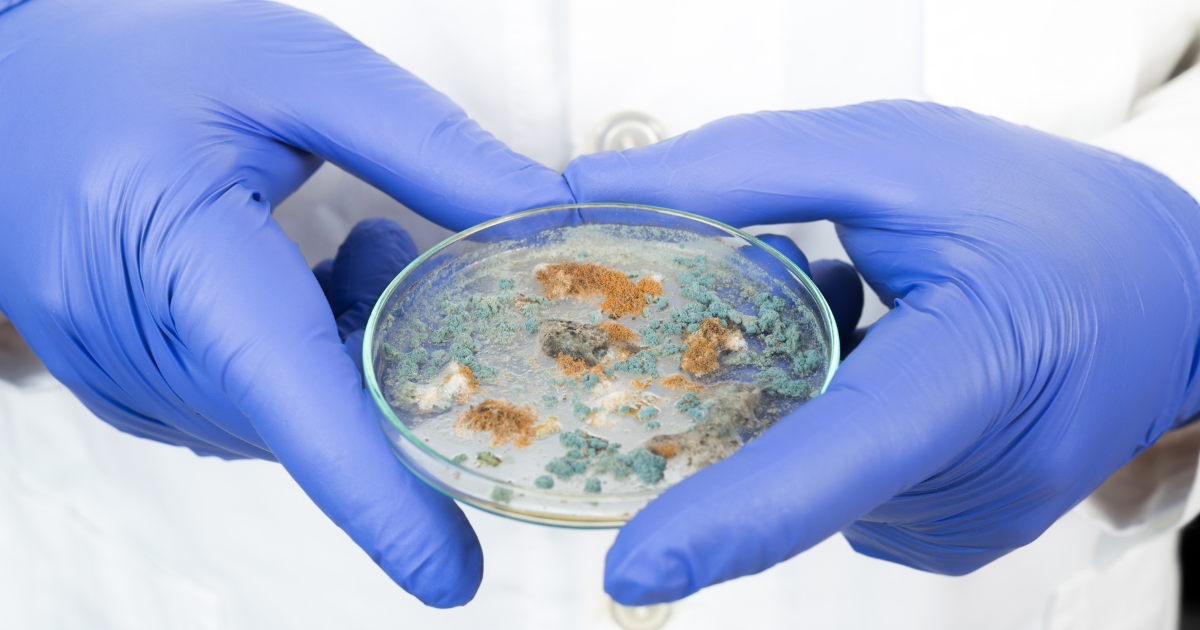
Petri dishes are essential tools used in laboratory research for a wide range of applications, from growing bacteria and fungi to studying cell cultures. Petri dishes are available in different sizes and materials, but plastic petri dishes are the most common in use today. In this article, we will explore the importance of petri dishes in laboratory research, and specifically, the significance of different petri dish sizes such as 50mm and 90mm.
Historical Importance of Petri Dishes
Petri dishes were invented in 1887 by Julius Richard Petri, an assistant to bacteriologist Robert Koch. Initially designed to culture bacteria effectively, Petri dishes revolutionized microbiology by providing a sterile, transparent environment ideal for observing microorganisms.
Why Petri Dishes are Vital in Research
Petri dishes provide a controlled environment to cultivate microorganisms, study cell cultures, and conduct biological experiments. With a protective lid allowing airflow, Petri dishes create the ideal microenvironment for growing different organisms. Researchers can adjust critical parameters such as temperature, humidity, and gas exchange to support specific microorganism growth. read more on The Benefits of Using Standard-Sized Petri Dishes in Scientific Studies
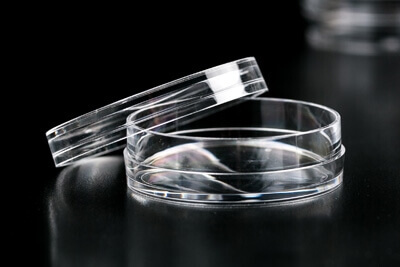
Choosing the Right Petri Dish Size for Your Experiments
Petri Dish Sizes: 50mm and 90mm
The 50mm Petri dish is widely favored for its compact size, making it ideal for bacterial cultures that require minimal media. These smaller dishes are cost-effective, space-efficient in incubators, and allow for high-throughput experiments. Conversely, the 90mm Petri dish offers a larger surface area, making it the go-to choice for experiments involving larger cell cultures or requiring substantial sample growth.
Beyond Petri Dishes: Alternative Culture Methods
While Petri dishes remain fundamental in lab research, alternative tools like microtiter plates and culture flasks are also common. Microtiter plates are ideal for high-throughput experiments involving multiple samples, while culture flasks suit longer-term cell cultures and larger volumes. However, Petri dishes offer ease of observation and control over experimental conditions, maintaining their crucial role in research.
Advanced Applications of Petri Dishes in Research
Petri dishes are indispensable in cutting-edge research, including:
- Gene Editing: Precise control of bacterial growth in CRISPR-Cas9 experiments.
- Stem Cell Studies: Providing a stable environment for cell differentiation.
- Antibiotic Resistance Testing: Evaluating bacterial cultures against new drug formulations.
Optimizing Media Preparation for Successful Cultures
The quality of the media used in Petri dishes significantly affects culture success. For bacteria, nutrient agar is a common choice, providing essential nutrients. When working with fungi or yeast, researchers often use specialized media like Sabouraud agar. Ensuring that the media is sterile and evenly poured is crucial to prevent contamination and promote even growth.
Material Matters: Plastic vs. Glass Petri Dishes
Plastic Petri dishes are the most commonly used due to their affordability and durability. However, glass Petri dishes are favored for experiments involving high temperatures or exposure to strong chemicals. Recent advancements have introduced biodegradable plastic options, which provide an eco-friendly alternative while maintaining the necessary durability and clarity.
Choosing the right Petri dish depends on your laboratory needs. Here’s a clear comparison between plastic and glass dishes:
| Feature | Plastic Petri Dish | Glass Petri Dish |
|---|---|---|
| Cost | Low, disposable | Higher, reusable |
| Durability | Medium, prone to cracks | High, resistant |
| Clarity | Good | Excellent |
| Sterilization | Typically single-use | Autoclavable, reusable |
| Environmental Impact | Less eco-friendly | Eco-friendly (reusable) |
Preventing Common Challenges with Petri Dishes
Contamination, uneven media distribution, and drying out are common challenges with Petri dishes. Researchers should adopt sterile techniques, ensure even media distribution, and properly store dishes to maintain culture integrity. Storing Petri dishes upside down helps prevent condensation from contaminating the samples.
Real-World Examples: How Petri Dishes Drive Scientific Discovery
- Drug Discovery: Petri dishes are vital in testing new antibiotics against resistant bacteria.
- Environmental Microbiology: Monitoring water quality by cultivating microorganisms in Petri dishes.
Embracing Sustainability: Reducing the Environmental Impact
With growing emphasis on sustainability, laboratories can reduce waste by opting for biodegradable plastic Petri dishes or reusable glass dishes. Researchers should also optimize protocols to minimize the number of dishes used per experiment and properly recycle plastic dishes wherever facilities allow.
Best Practices for Effective Use of Petri Dishes
For accurate results, always use sterile tools, correctly label dishes with details like media type and inoculation date, and store dishes in a cool, dry place. Proper disposal of used dishes in designated biohazard containers is crucial to prevent the spread of infectious agents.
Key Applications of Petri Dishes in Microbiology
Petri dishes have numerous scientific applications:
-
Culturing Bacteria and Fungi: Essential for identifying species, antibiotic sensitivity tests, and microbial studies.
-
Biotechnology Research: Used in genetic engineering, CRISPR screenings, and microbial cultivation.
-
Clinical Diagnostics: Essential for medical labs to diagnose infections and diseases.
-
Food Safety Testing: Helps detect harmful pathogens in food products.
How to Properly Sterilize and Use Petri Dishes
Correct sterilization and handling techniques are crucial:
-
Plastic Petri dishes come pre-sterilized and are intended for single-use.
-
Glass Petri dishes require sterilization via autoclaving at 121°C for 15-20 minutes before reuse.
Best Practices:
-
Always label dishes clearly to avoid confusion.
-
Store Petri dishes lid-down during incubation to reduce condensation affecting bacterial growth.
-
Dispose of plastic dishes properly after single-use to avoid contamination risks.
Conclusion
Petri dishes continue to be a cornerstone of laboratory research due to their versatility, affordability, and effectiveness. By choosing the right size, understanding the materials, and employing proper techniques, researchers can ensure successful experiments and groundbreaking discoveries. Emphasizing sustainability and correct usage will enhance the reliability of results while reducing the environmental footprint.
Frequently Asked Questions (FAQ)
Q: What are Petri dishes primarily used for?
A: Petri dishes are primarily used to culture microorganisms, facilitating various microbiological experiments and research.
Q: Can I reuse glass Petri dishes?
A: Yes, glass Petri dishes can be sterilized and reused multiple times, making them cost-effective and environmentally friendly.
Q: What size Petri dish is commonly used in labs?
A: The most commonly used sizes are 90mm and 50mm dishes. The choice depends on the type and scale of the experiment.
Q: How do plastic Petri dishes compare to glass ones environmentally?
A: Plastic dishes are convenient but less environmentally friendly due to their single-use nature. Glass dishes are sustainable since they can be sterilized and reused repeatedly.

 10ml measuring Cup
10ml measuring Cup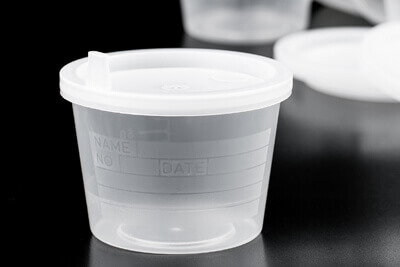 100 ml scaled Specimen Cup
100 ml scaled Specimen Cup 200 ml Sterile Specimen Cup
200 ml Sterile Specimen Cup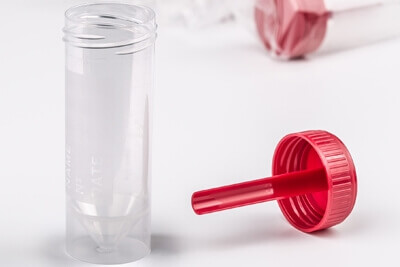 30 ml Specimen cup
30 ml Specimen cup 60 ml Specimen cup
60 ml Specimen cup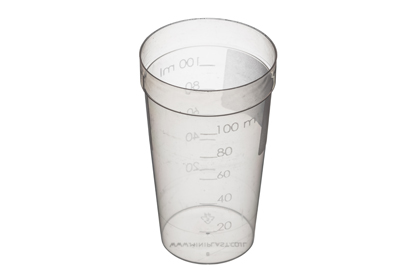 Polypropylene Titration cup 100ml
Polypropylene Titration cup 100ml 200 ml Specimen cup
200 ml Specimen cup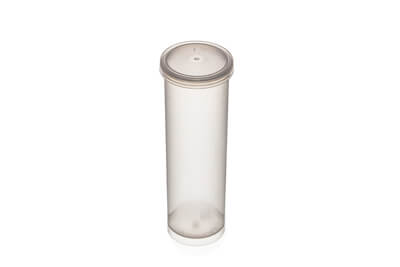 Milk test tubes
Milk test tubes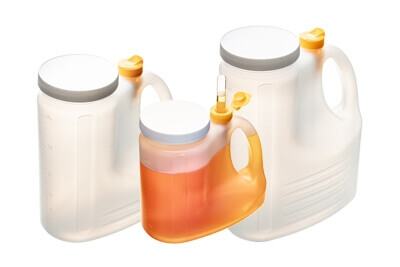 24 hour Urine Collection Containers
24 hour Urine Collection Containers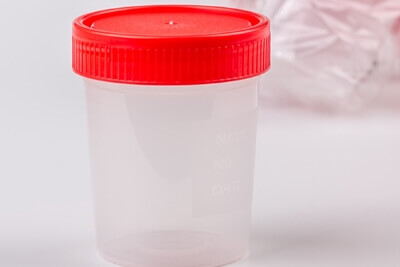 Urine Specimen Cups
Urine Specimen Cups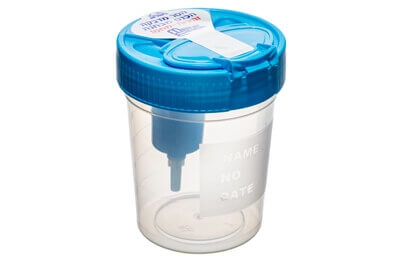 Urine Collection Cup + Cap with Two Openings
Urine Collection Cup + Cap with Two Openings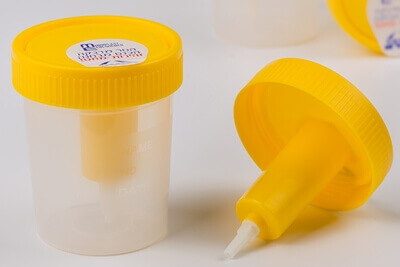 Urine Collection Container - Vacutainer
Urine Collection Container - Vacutainer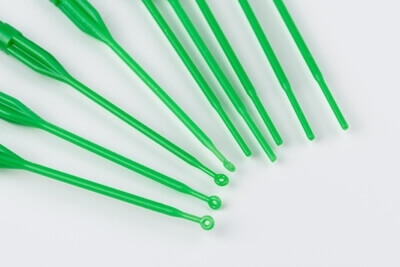 QuadLoop 1 uL & Needle end
QuadLoop 1 uL & Needle end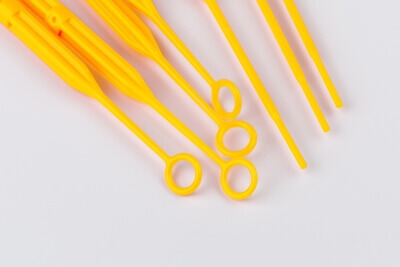 QuadLoop 10 uL & Inoculating needle end
QuadLoop 10 uL & Inoculating needle end QuadLoop 10 uL & Sphere end
QuadLoop 10 uL & Sphere end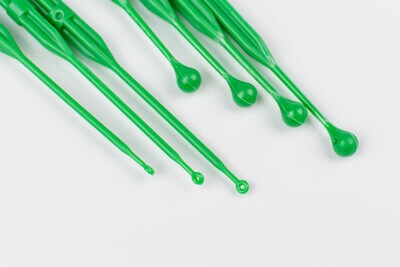 QuadLoop 1uL & Sphere end
QuadLoop 1uL & Sphere end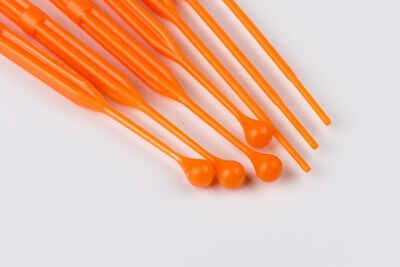 QuadLoop Needle & Sphere end
QuadLoop Needle & Sphere end Sterile Cell spreaders, Drigalski spatulas
Sterile Cell spreaders, Drigalski spatulas 15 ml Centrifuge Tubes
15 ml Centrifuge Tubes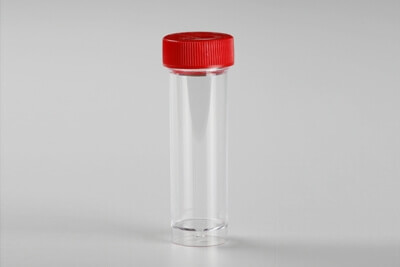 30 ml Transparent PS Tubes
30 ml Transparent PS Tubes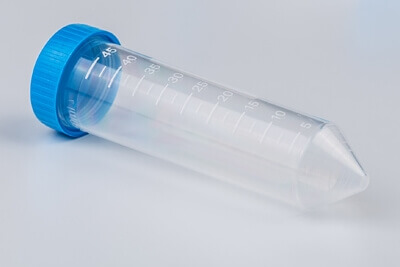 50 ml Centrifuge Tubes
50 ml Centrifuge Tubes Petri dishes PS 90 mm diameter (90X15)
Petri dishes PS 90 mm diameter (90X15)





